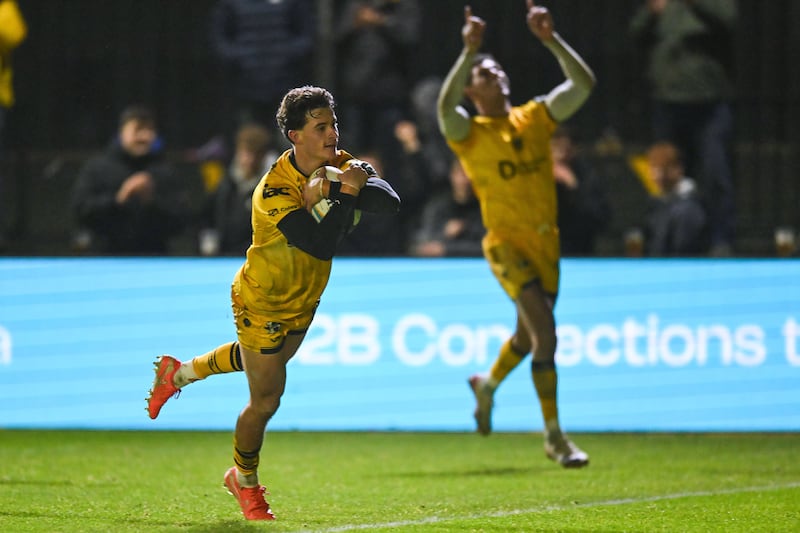A new year and we’re still having the same old conversations about Ireland’s housing crisis. Do developers hold the key or should public housing be a public sector affair? Why can’t we build enough quickly enough? If the solutions were easy, we might say, surely we’d have arrived at them by now. But what if answers were already out there? And what if many had already been road-tested in towns and cities across Europe?
We may think of architectural awards as showcasing big-budget projects for flashy clients. The biennial European Union Prize for Contemporary Architecture/Mies van der Rohe Award – EUmies for short – does something different. While it is peppered with brilliant buildings – an exhibition of the 2022 winners, plus a showcase of the 13 Irish nominations for 2024, opens in Dublin next week – it might also offer us hope for the future.
The projects from across Europe are fascinating; front and centre is the ultimate 2022 winner, and the first Irish winner of the EUmies: Town House for Kingston University, London, by Grafton Architects. No stranger to winning things, Grafton already has most of architecture’s big prizes under its well-structured belt, from the Stirling, the Pritzker and the World Building of the Year to the Irish Concrete Award (yes, there is one).
Grafton’s codirector Shelley McNamara says prizes give encouragement, recognition and increased opportunities but adds that “the struggle of making good work doesn’t go away. You don’t think: I’m great, I can relax now. Each new project you’re back to square one: how will I make this building?”
READ MORE
While architects may win the awards, buildings don’t happen in a vacuum, and beyond the nitty-gritty of design is a whole other layer of “how”. How does a building project come about in the first place? What is so interesting about the EUmies exhibition is the way in which it also highlights the thinking, and the patrons, behind the showcased work. It is this, as much as the buildings themselves, from which we can pick up a tip or two.
McNamara agrees: “We felt it was really important that this exhibition would come to Ireland, that it might touch some chord. It’s not just the quality of design that allows a project to happen. The set of conditions for each of the projects that was chosen was supportive of the making of architecture, and some of it was radical and new. Each project here has a relevance beyond itself. It isn’t just the design of the building. The whole story is important.”
Solution 1: The co-operative project
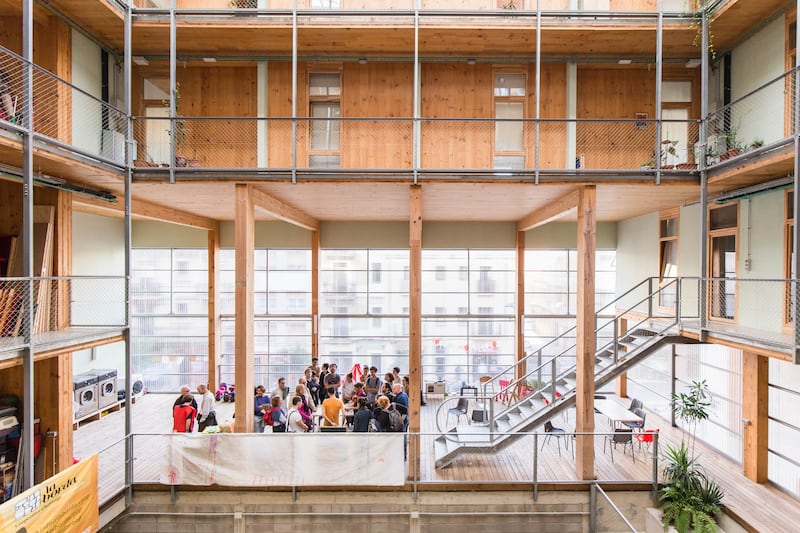
At the La Borda Co-operative Housing project in Barcelona, by Lacol Architects, the conditions McNamara is referring to include credit-union-style loans for co-operative housing projects and a site on municipal land offered on a 75-year lease. The building includes 28 units of different sizes, as well as community spaces, guest rooms, a laundry, storage areas, and multipurpose and health spaces. Its design approaches passive-house standards, so helps to reduce energy poverty for occupants.
Each of the projects in the exhibition, and online, includes a description; allowances must be made for sometimes clunky translations, but at La Borda the architects make the point that the community model makes it “possible to overcome some major limitations that are imposed on architectural projects”. They identify these as including a “fear of the future user” in public sector work that “makes it impossible to introduce changes that may affect the way of living”, implying that risk aversion can nullify innovation. In the case of private developers, they add that “the logic of the market that impoverish [sic] housing are imposed to facilitate their assimilation to a consumer object”.
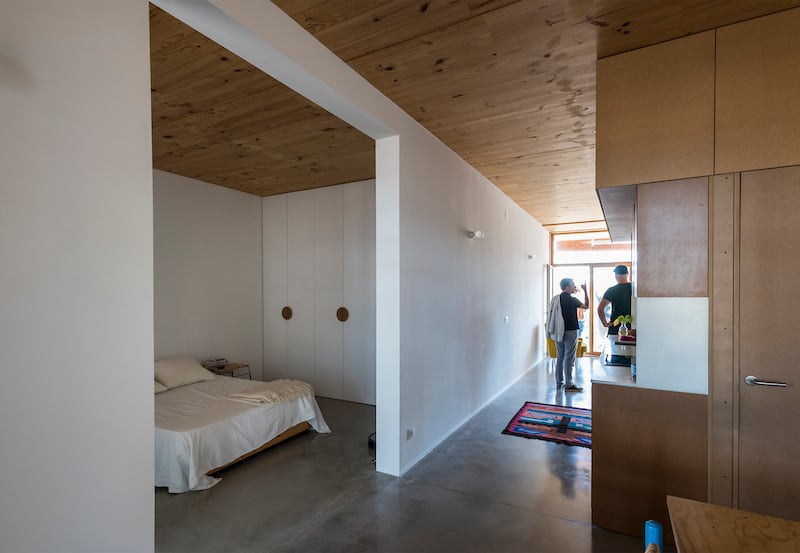
To put it another way, as McNamara points out, what the city of Barcelona has done is to create space and funding instruments that allow experiments in building to flourish. “You’re trying to find that crack in the system that allows co-operative housing to happen,” McNamara says, citing the work in Ireland of the social-housing pioneer Gerry Cahill and of the co-operative housing movement, including Co-operative Housing Ireland, which celebrated its 50th anniversary in 2023. “Developers have their own pressures, local authorities have their own pressures, but sometimes there are in-between groups who can navigate these.” The Barcelona set-up allowed a pilot project to test a new way of doing things. Once tested, it can be replicated. “Co-operative housing projects are happening all over Barcelona,” McNamara says.
Solution 2: The cultural space
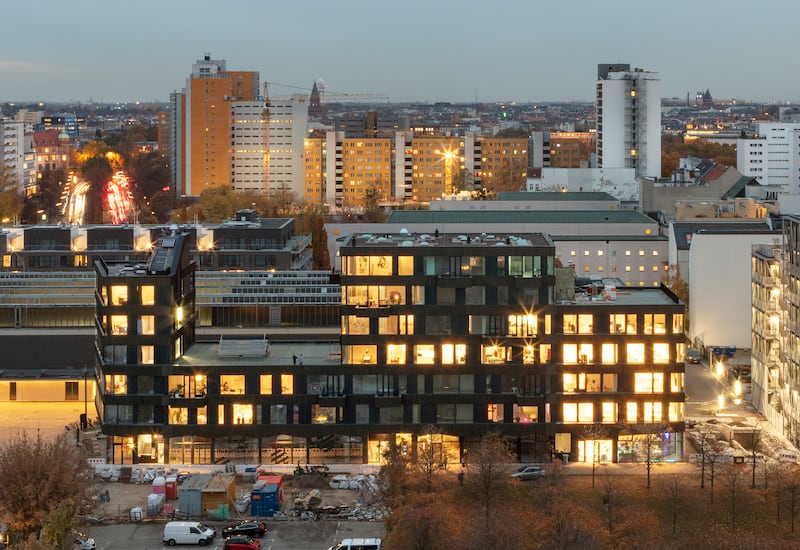
Facing overgentrification, Berlin has seen artists and other creatives being priced out of a city famed for its cultural vibrancy. In a project Dublin could learn from, the Blumengrossmarkt, a former flower market, has been redeveloped by means of Berlin’s first “concept-based public land sales procedure”. Organisations and collectives were invited to pitch ideas with co-operative, social and cultural aims. The three successful pitches, which were enabled to buy the land, also formed a group to work with the existing community to foster integration throughout the change.
One of these was Frizz23, led by Britta Jürgens and Matthew Griffin of Deadline Architekten. Deadline, who will speak in Dublin at the end of January, took on the role of developers, adapting the Baugruppe (co-operative housing) model to build workspaces for arts, education and other creative industries that include some living spaces. There are more than 40 differently sized and shaped units, above public areas that include a cafe, bike shop, and project and coworking spaces.
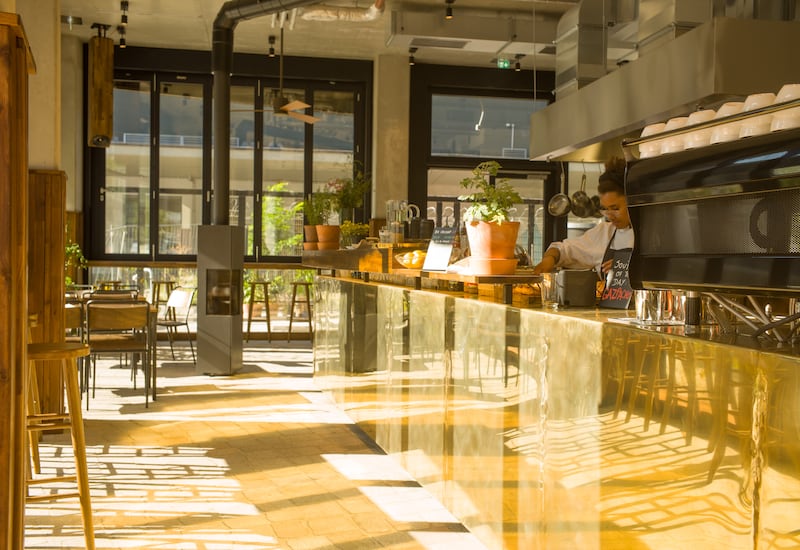
Frizz23 sits alongside owner-occupied artists’ workshops and apartments, co-operative housing and studios that were designed by Ifau and Heide & von Beckerath architects, demonstrating the vital value of multiuse strands in development that look beyond the simple model of apartment blocks with adjacent shops. Berlin also has a legacy of mixed use, where offices, shops and apartments often occupy the same buildings, something that should be urgently adapted for Irish towns and cities.
Solution 3: The urban farm
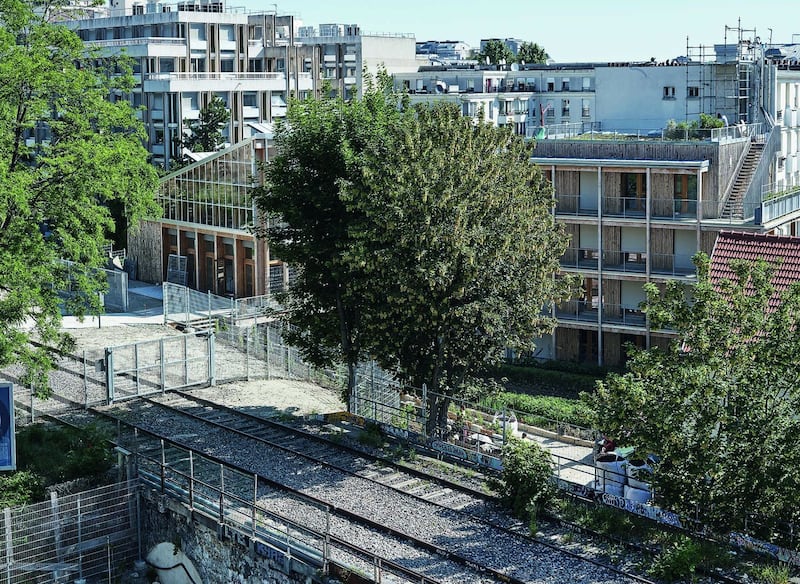
Launched by the French capital in 2017, Réinventer Paris invited groups with innovative projects to bid for 23 sites across the Paris region. Successful initiatives received land and some funding. Ferme du Rail/the Railway Farm, by Grand Huit and Melanie Drevet Paysagiste, is an urban farm on an old railway with an additional social mission. Alongside growing organic fruit, veg and salads, it has 20 units of housing, including emergency accommodation, social-reintegration housing and student housing. There is also a restaurant and a permaculture garden.
“Students live there, and people in need of a home,” says McNamara. “The farming and horticulture can bring people together in a positive way, so it is beautiful. Crisis brings about invention. We are in a crisis, so how much more of a crisis can we be in before we innovate too?”
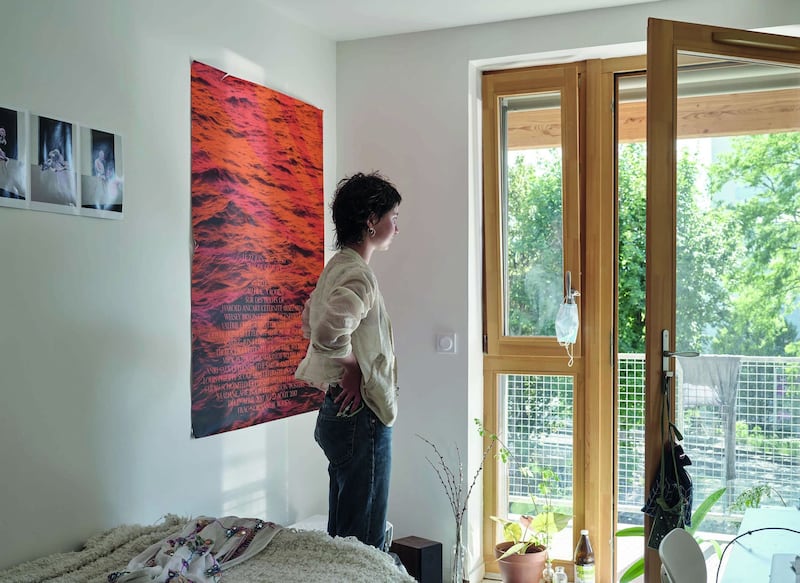
One of the most important changes we could implement here is structural. Many exceptionally creative architects in Ireland don’t get a chance to build because of our rigid implementation of procurement policies. “It’s tragic,” McNamara says. “It’s like there’s a lid on a whole vessel of energy that can’t get through. It’s frustrating that they don’t get the opportunity. You just know they have extraordinary talent, passion and energy, and it’s a lost resource. A loss to the country.”
The 13 Irish projects nominated for the 2024 European Union Prize for Contemporary Architecture include four multi-unit housing developments completed over the past two years: the first phase of the O’Devaney Gardens regeneration, in Dublin 7, by the city architects department for Dublin City Council; Ladyswell Square, in Dublin 15, by ABK Architects for Clúid Housing; Dominick Hall, in Dublin 1, by Denis Byrne Architects and Cotter & Naessens Architects; and Gairdíní Annesley/Annesley Gardens, in Dublin 6, by Metropolitan Workshop. The 2024 winners of the EUmies will be announced in May.
The EUmies exhibition, which is presented in Ireland by the RIAI, is at the Printworks, Dublin Castle, from Tuesday, January 16th, until Wednesday, February 14th. Yvonne Farrell and Shelley McNamara of Grafton Architects are in conversation with Ivan Blasi of the EUmies Awards on the theme of quality architecture for all on Wednesday, January 17th. Deadline Architekten will speak on solutions for housing and liveable cities on Wednesday, January 31st. Tours and events are free, but booking is essential via riai.ie
















